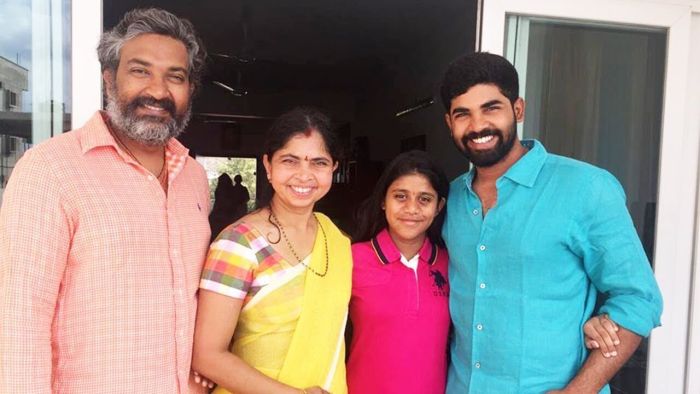

In the Fantastic Garden, when Coraline finds the Ghost Children's eyes, the Other Father is strapped atop his mechanical preying mantis-like gardening machine, and it threatens to attack Coraline with the Other Father apologizing. Later, he gets turned into a pumpkin-like human and is barely capable of speaking, though he still attempts to aid Coraline before the Beldam sends him away. The mechanical gloves prevent the Other Father from informing Coraline about the Beldam's plans to keep Coraline in the Other World forever.

The Other Father made a song for Coraline, he plays a piano with his mechanical gloves and makes the garden. The latter proves to be true in his final moments before he dies. It is hinted throughout the film that he is terrified of his creator, the Beldam, who wants him to hurt Coraline, which he does not want to do. The Other Father is more fun and attentive to Coraline's needs than her real father (according to Coraline). He is voiced by John Hodgman, and by John Linnell when singing. He was created by the Beldam to help her trick Coraline into staying in the other world forever, but it is later revealed that he is actually on Coraline's side. So many have been found from various sites.The Other Father is a character in the Laika film Coraline. The above said story is a part of tablets only.

It is assumed this was rewritten by Shin-Lekw-Unninni in BCE 1200 to Sumerian language in Cuniform script. The hero Gilgamesh was the king of Uruk five thousand years ago (BCE 2800). The epic of Gilgamesh was excavated from Assur Banipal’s library by Austin Henri Leyard in 1839. The ancient Greeks have two very similar myths: The Deucalion and Zeus’ flooding of the world in Book I of Ovid’s Metamorphoses. Two flood myths with many similarities to the Sumerian story are the Utnapishtim episode in the Epic of Gilgamesh and the Genesis flood narrative found in the Bible. A terrible storm rocks the huge boat for seven days and seven nights, then Utu (the Sun god) appears and Zi-ud-sura creates an opening in the boat, prostrates himself, and sacrifices oxen and sheep.Īfter another break the text resumes: the flood is apparently over, the animals disembark and Zi-ud-sura prostrates himself before An (sky-god) and Enlil (chief of the gods), who give him eternal life and take him to dwell in Dilmun for “preserving the animals and the seed of mankind”. When the tablet resumes it is describing the flood. This is missing in the Sumerian fragment, but a mention of Enki taking counsel with himself suggests that this is Enki’s role in the Sumerian version as well. In the later Akkadian version, Ea, or Enki in Sumerian, the god of the waters, warns the hero (Atra-hasis in this case) and gives him instructions for the ark. Zi-ud-sura, the king and gudug priest, learns of this. Then kingship descends from heaven and the first cities are founded: Eridu, Bad-tibira, Larak, Sippar, and Shuruppak.Īfter a missing section in the tablet, we learn that the gods An, Enlil, Ninurta decideded to wipe out mankind with a terrible flood. The anunnaki gods Enki, Ninhursanga and Ningiziddah created the black-headed people and created comfortable conditions for them to live and procreate. I have fulfilled my promise and asked your father.

He added, On that day, I said that I’ll become an actor and ask your father to marry you once I’m a hero. She has been my friend, crush, girlfriend, ex-girlfriend, friend again, fiance and is now going to become my life partner. Other Sumerian creation myths from around this date are called the Barton Cylinder, the Debate between sheep and grain and the Debate between Winter and Summer, also found at Nippur and other sites. Introducing Lohita, Kartikeya said, This is Lohitha. It is written in the Sumerian language and dated to around 1600 BC during the first Babylonian dynasty, where the language of writing and administration was still Sumerian. The earliest record of the Sumerian creation and flood is found on a single fragmentary tablet excavated in Nippur, sometimes called the Eridu Genesis.


 0 kommentar(er)
0 kommentar(er)
